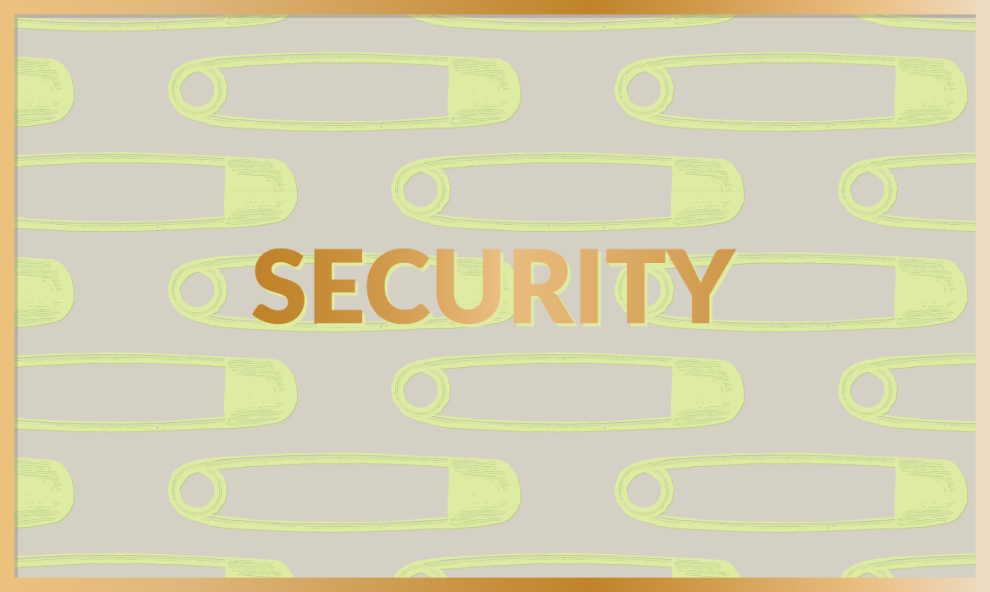On April 2, Mexican newspaper Milenio published that 1,025 persons were executed in the month of March alone. If that number should remain constant over Peña Nieto’s six-year term, there would be over 73,500 deaths, which would surpass the 70,000 people killed that, according to Interior Secretary Osorio Chong, occurred during the previous administration. Worse still, taking into consideration this measurement – or the one reported in newspaper La Jornada, dated April 1, with 2,821 executed during the first 4 months of Mr. Peña’s government – 2013 would end with over 10 thousand crime-related homicides comparable to the amount of executions of 2010, which was the worst violent year in Felipe Calderón’s administration. Nevertheless, the National Security Commissioner, Manuel Mondragón, has taken part in several forums arguing that crime-related violence has decreased in the first three months of 2013. Unfortunately, hard figures contradict him.
One of the current President Peña´s campaign promises was to change the strategy to combat organised crime and thus, differentiate himself from Calderón. Certainly the current administration has shown this “difference”. Official information regarding violence and insecurity in Mexico has almost completely disappeared and the issue does not seem to be an urgent priority. It is striking, for example, that there has been no grand oficial act presenting a security strategy per se. Instead, efforts have been made to focus public opinion on legal reforms already, or in the process of being, implemented as well as the intention of being labeled a government of economic prosperity and political agreements. This time the way of communicating and publicising government’s actions in terms of security has been different (it has focused rather on avoiding it). Accordingly, the lack of an official index to evaluate the current administration’s work regarding this matter is highlighted. In this way, a trend could be brewing, the emergence of an expression that it is often seen in cinema when a crime scene is taking place: “Move along, people! Nothing to see here!”
How long will this media control attempt last by using the silence of the Mexican government? Given the prospect of an increasingly higher complexity in organised crime, particularly drug trafficking, the picture is not encouraging at all. Evolution in the drug market (changes in selling prices, types of narcotics and drug consumption in the U.S.), fragmentation of criminal groups in the wake of killing members of drug cartels (with a legacy of less powerful but more diversified criminal groups, that have dynamics which are hard to place, control and combat, and are a whole lot more violent), the expansion of criminal organisations to new activities beyond drug trade and production (protection rackets, extortion, kidnapping, among others) and the break of social dynamics in several municipalities (lack of trust and petty crime given the rate of impunity), are factors unfavorable to any security strategy that only pretends to create an image rather than delivering results.
Enrique Peña´s government could still have a sort of a “grace period”, to prove its first security achievements. However, that period has numbered days. President asked for one year. It remains to be seen whether he, in order to succeed, will continue to look the other way or he will stand as an effective and efficient administration fighting crime. The underlying problem is that, nine months after election day, evidence suggests that the government does not really possess a strategy to fight crime beyond media control. It does not seem a very promising way to change things.
CIDAC






Comments